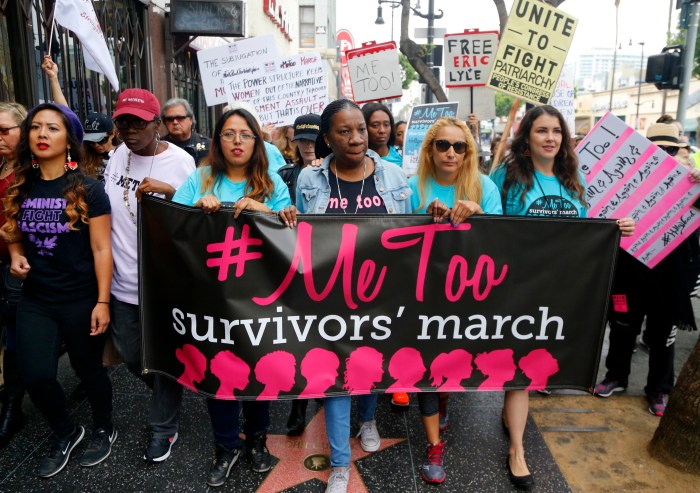By Philip Newman
It will never be known if Catherine “Kitty” Genovese, 29, ever noticed the white Chevrolet Corvair that followed her five miles from her job as manager of Ev’s 11th Hour Club in Hollis that chilly morning 40 years ago.
It was 3:20 a.m. on March 13, 1964 when Genovese arrived home at 82-62 Austin St., a faux Tudor apartment building in Kew Gardens next to the Long Island Rail Road station.
The Corvair stopped, a man got out, chased her down and repeatedly stabbed her.
It was a murder that produced headlines worldwide and contributed mightily to a popular concept that denizens of big cities are not their brother's keeper.
Police questioned residents of Genovese’s building and reported that 38 people heard her screams but none went to her aid.
Some told investigators they did not want to “get involved.” One of them said he shouted “let that girl alone.”
The shout might have saved her life, police said, as the assailant left but then returned to attack Genovese anew when no one tried to help her. She was dead on arrival at Queens General Hospital.
Five days later, two young men noticed a man carrying a television set out of a neighboring building in East Elmhurst. They asked him what he was doing and he replied that he was “helping them move,” and disappeared back into the building.
Suspicious, one of the young men telephoned police while the other removed the distributor cap from the man’s white Chevrolet Corvair. When the suspicious man returned and found his car disabled, he fled down the street on foot. Police quickly caught him.
Police identified him as Winston Moseley, 29, of Richmond Hill, a business machine operator. Under questioning, Moseley admitted committing a series of burglaries and rapes.
Detectives found Moseley’s icy demeanor during interrogation curious and kept up their questioning. Ultimately, he confessed that he had followed Genovese from Hollis early that morning and attacked her.
Moseley was convicted and sentenced to death, but on appeal the penalty was reduced to life imprisonment. He escaped from a hospital ward of the Attica Prison near Buffalo in 1968 and terrorized a rural area for three days, including committing a rape before he was recaptured. He later acquired a college degree in prison.
In 1995, Moseley’s lawyer filed a motion asking for a new trial on a technicality. It was denied.
The debate over why 38 New Yorkers (37 if you take into consideration a man who telephoned a friend on Long Island to ask advice before telephoning police after it was too late) could not act to save another human being went on for years.
At a symposium in New York City in the months after the slaying, experts advanced several theories.
Dr. Ralph Benay, professor of forensic psychiatry at Manhattan College, blamed it on television, which provides a constant stream of violence that tends to confuse people as to what is real and what is not.
Dr. Karl Menninger, founder of the renowned Menninger Clinic in Topeka, Kan., said ignoring violence was in itself a manifestation of aggression.
But A.M. Rosenthal, executive editor of The New York Times, in his book ‘Thirty-Eight Witnesses,” said:
“My own favorite comment came from the theologian who said that he could not understand it, and that perhaps ‘depersonalization’ in New York had gone farther than he thought.”
Reach contributing writer Philip Newman by e-mail at news@timesledger.com or call 229-0300, Ext. 136.
































